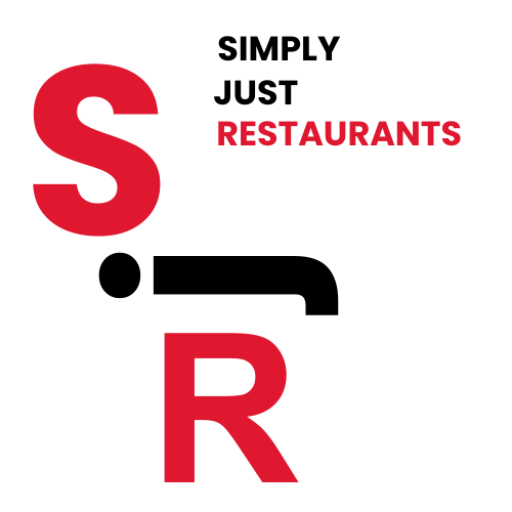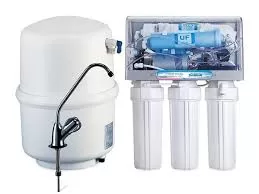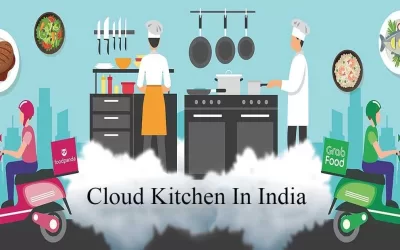- Introduction
- Part 1: Foundational Strategies to Improve Restaurant Service
- Part 2: Advanced Strategies and Practical Implementations
- Menu Optimization and Restaurant Service Efficiency
- Customer Loyalty Programs
- Handling Customer Complaints and Feedback
- Marketing and Promotions for Enhanced Service
- Creating a Great Customer Experience
- FAQs – Addressing Common Concerns
- Conclusion
Introduction
In today’s competitive industry, restaurant service providing exceptional and creating a memorable customer experience are crucial for success. Customers are not just looking for good food; they seek an enjoyable and seamless dining experience that encourages them to return and recommend the restaurant to others. This guide outlines foundational strategies to improve restaurant service and elevate the overall customer experience in 2024.
Part 1: Foundational Strategies to Improve Restaurant Service
Staff Training and Development:
–Comprehensive Training Programs: Implement rigorous training programs that cover not only the menu and restaurant service protocols but also soft skills such as communication, problem-solving, and empathy.
Importance of comprehensive staff training: Comprehensive training programs improve staff performance, enhance customer satisfaction, foster a positive work environment, boost employee confidence, and ultimately increase restaurant service profitability through improved restaurant service quality and efficiency.
– Continuous Learning: Encourage ongoing education through workshops, seminars, and online courses to keep staff updated on the latest trends and best practices in the hospitality industry.
Importance of Continuous Learning: Continuous learning in staff training enhances skills, adapts to industry changes, fosters innovation, and maintains competitiveness, ensuring employees stay knowledgeable and capable of meeting evolving organizational needs.
– Performance Feedback: Regularly provide constructive feedback and recognize outstanding performance to motivate and improve staff capabilities.
Importance of Performance Feedback: Performance feedback is crucial as it guides employee improvement, boosts motivation, aligns individual goals with organizational objectives, and fosters a culture of transparency and continuous development.
Streamlined Operations:
– Efficient Reservation Systems: Utilize modern reservation and table management systems to reduce wait times and manage peak hours effectively.
–Inventory Management: Implement advanced inventory management software to minimize waste, ensure the availability of popular items, and reduce operational costs.
– Kitchen Workflow Optimization: Design kitchen layouts and workflows that promote efficiency and reduce preparation time, ensuring timely restaurant service delivery.

Technology Integration:
– Digital Ordering Systems: Incorporate digital menus and ordering systems that allow customers to place orders via tablets or smartphones, enhancing convenience and accuracy.
– Customer Relationship Management (CRM): Use CRM systems to track customer preferences, birthdays, and special requests to personalize the dining experience.
– Feedback Mechanisms: Implement digital feedback tools such as surveys and review platforms to gather customer insights and identify areas for improvement.

Atmosphere and Ambiance:
– Interior Design: Invest in appealing and comfortable interior design that reflects the restaurant’s brand and creates a welcoming atmosphere.
– Music and Lighting: Use appropriate music and lighting to set the mood and enhance the dining experience.
–Cleanliness and Maintenance: Ensure the restaurant service is impeccably clean and well-maintained at all times, as cleanliness is a critical factor in customer satisfaction.

Menu Development:
– Diverse Offerings: Create a diverse menu that caters to various dietary preferences and restrictions, ensuring there is something for everyone.
– Seasonal and Local Ingredients: Incorporate seasonal and locally sourced ingredients to keep the menu fresh and appealing.
– Menu Innovation: Regularly update the menu with new and exciting dishes to keep customers interested and encourage repeat visits.
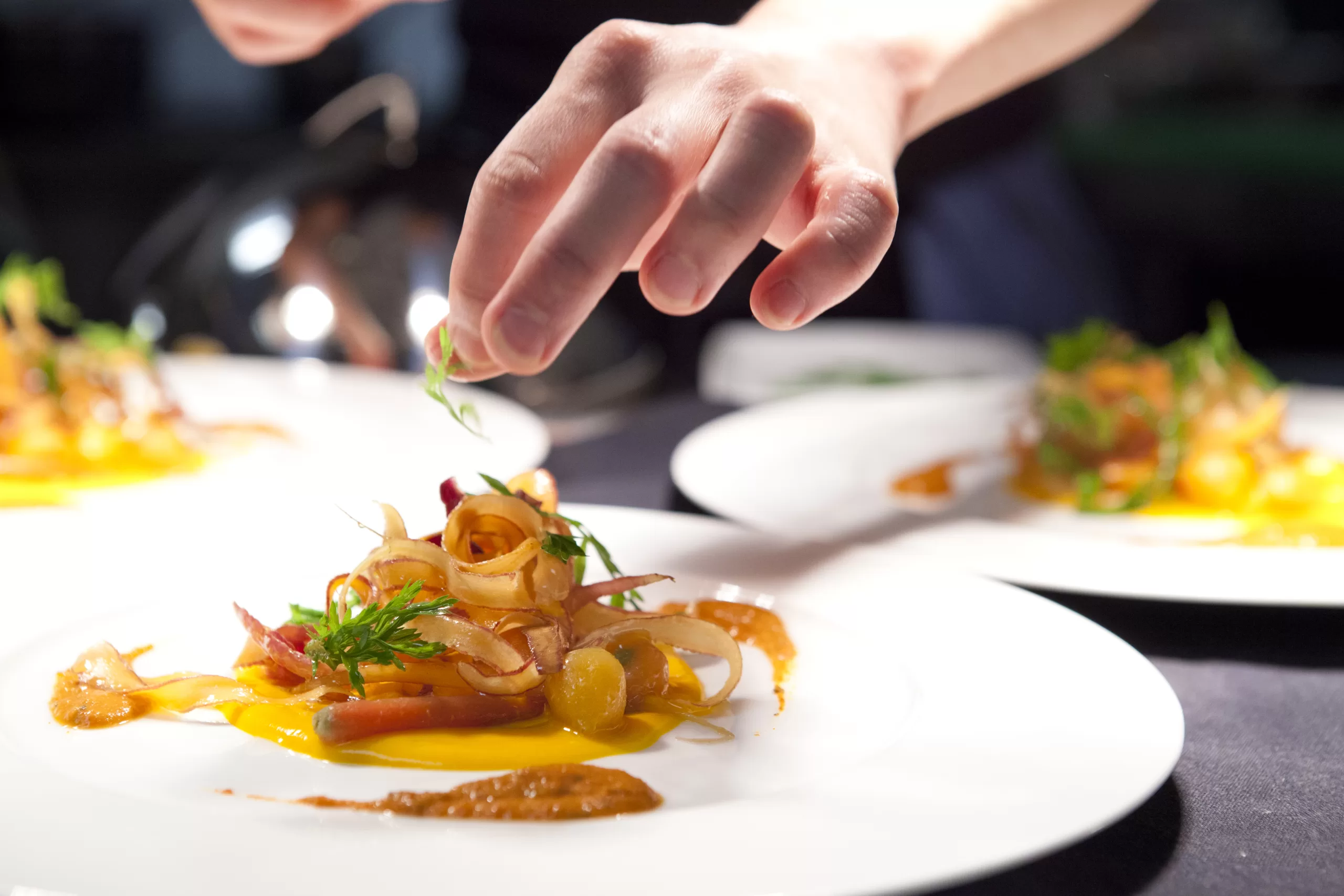
Customer Engagement:
– Personalized restaurant Service: Train staff to remember and use customers’ names, preferences, and past orders to create a personalized dining experience.
This approach not only boosts customer retention but also encourages positive word-of-mouth, ultimately driving business growth and a competitive edge in the market.
– Loyalty Programs: Loyalty programs in customer engagement reward repeat customers, incentivizing on going purchases and fostering long-term relationships.
These programs enhance customer retention by offering exclusive benefits, discounts, or rewards, making customers feel valued.
– Community Involvement: Engage with the local community through events, sponsorships, and collaborations to build a loyal customer base.
This strengthens relationships, enhances brand image, and creates a positive impact, encouraging customer advocacy and deeper, more meaningful engagement with the brand.
Part 2: Advanced Strategies and Practical Implementations
Menu Optimization and Restaurant Service Efficiency
Menu Optimization:
Optimizing a restaurant menu involves creating a balanced, appealing selection that meets diverse customer preferences while maximizing profitability and efficiency. Key strategies include:
Streamlining Options: Limit menu items to the most popular and profitable dishes to reduce complexity and enhance quality. A concise menu ensures quicker decision-making for customers and faster preparation times for the kitchen.
Analyzing Sales Data: Use restaurant restaurant service sales data to identify high-performing items and underperforming ones. Retain or highlight popular dishes and consider removing or reinventing less popular ones.
. Seasonal and Local Ingredients: Incorporate seasonal and locally sourced ingredients to keep the menu fresh, reduce costs, and appeal to eco-conscious diners.
Visual Appeal: Design the menu with clear categories, appealing descriptions, and high-quality images to entice customers and guide their choices.
Pricing Strategy: Use strategic pricing to highlight value and encourage higher-margin item sales. Consider psychological pricing techniques to make prices more attractive.
Service Efficiency:
Enhancing service efficiency involves streamlining operations to ensure smooth, timely service. Key strategies include:
Training and Empowerment: Provide comprehensive training to staff on restaurant service protocols, menu knowledge, and customer interaction. Empower employees to make decisions that can swiftly resolve issues and enhance the customer experience.
Technology Integration: Implement digital ordering systems, POS systems, and kitchen display systems to improve order accuracy and speed. Use reservation and table management software to optimize seating and reduce wait times.
Efficient Layout: Design the restaurant layout to facilitate smooth movement of staff and quick access to essential areas, minimizing delays and congestion.
Pre-preparation: Prepare ingredients and components in advance during off-peak times to reduce cooking time during service hours.
Clear Communication: Establish clear communication channels between the front and back of the house to ensure seamless coordination and quick response to customer needs.
By optimizing the menu and enhancing service efficiency, restaurants service can improve customer satisfaction, increase repeat business, and boost overall profitability.
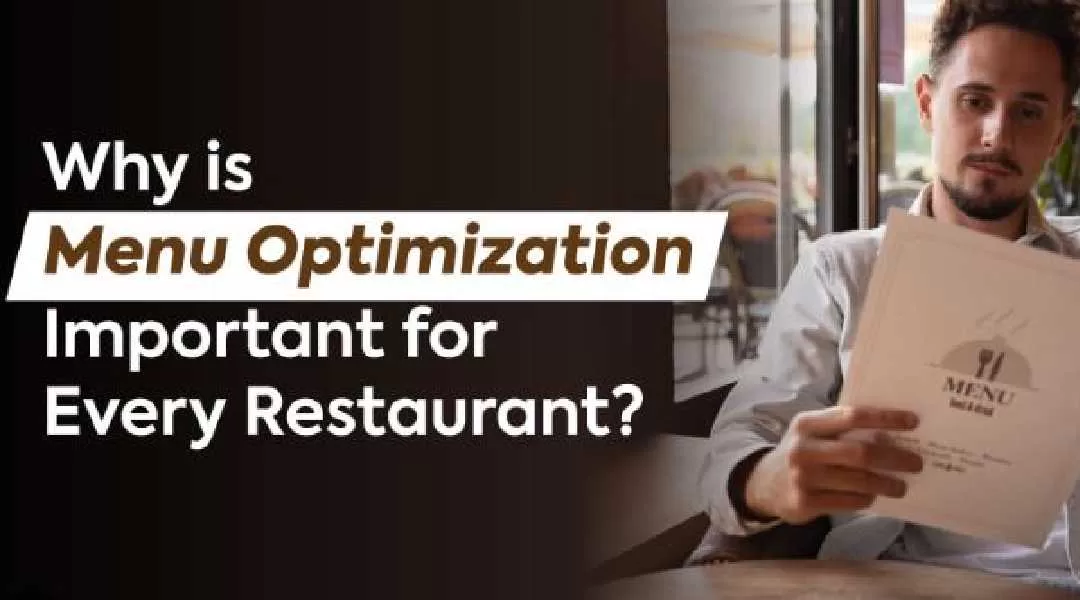
Customer Loyalty Programs
Customer loyalty programs are strategic initiatives designed to reward repeat customers, encouraging them to continue patronizing a restaurant service. These programs not only boost customer retention but also enhance the overall customer experience, fostering a sense of appreciation and connection with the brand.
Types of Loyalty Programs:
Point-Based Programs: Customers earn points for every dollar spent, which can be redeemed for discounts, free items, or exclusive offers. This straightforward system incentivizes frequent visits and higher spending.
Tiered Programs: These programs offer escalating rewards based on customer spending levels. As customers move up tiers, they receive better perks, such as priority reservations, special menu items, or exclusive events, encouraging higher engagement.
Punch Cards: A simple method where customers receive a punch or stamp for each visit or purchase. After a set number of visits, they earn a free item or discount.
Subscription Models: Customers pay a monthly or annual fee for benefits like unlimited drinks, exclusive menu access, or discounts. This model ensures regular revenue and fosters a deeper connection with loyal patrons.
Referral Programs: Encourage customers to refer friends and family by offering rewards for each new customer they bring in. This not only retains existing customers but also attracts new ones.
Benefits of Loyalty Programs:
Increased Retention: Regular rewards keep customers returning, reducing churn rates.
Higher Spend: Loyal customers often spend more per visit and visit more frequently.
Data Collection: Programs provide valuable data on customer preferences and behaviors, helping tailor marketing efforts and menu offerings.
Customer Satisfaction: Personalized rewards and recognition enhance the customer experience, fostering positive relationships and brand loyalty.
Implementing a well-designed loyalty program can significantly enhance customer satisfaction, increase repeat business, and drive sustained revenue growth for restaurants.
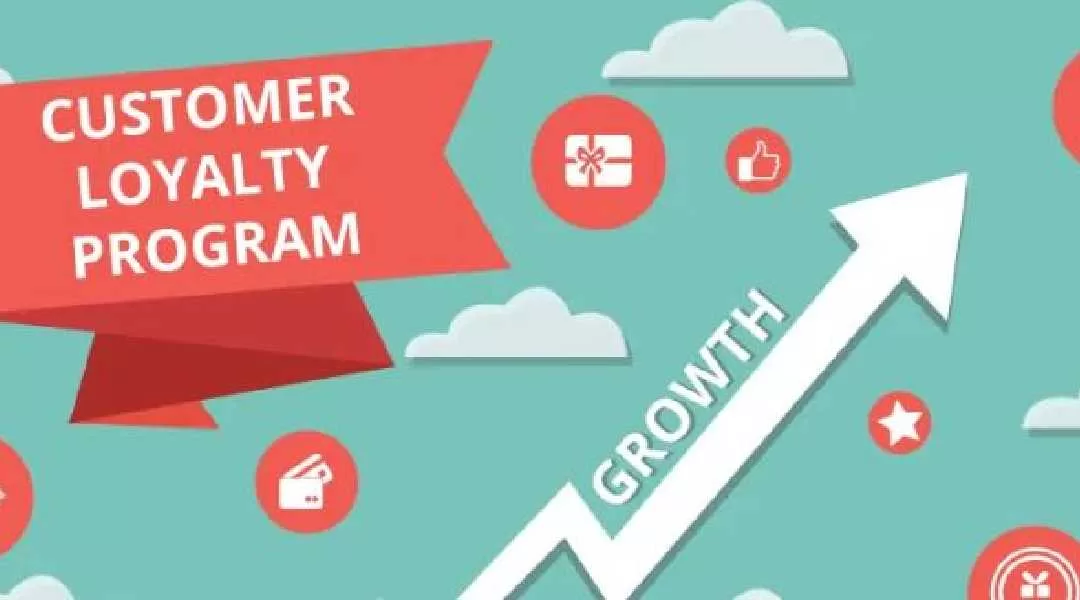
Handling Customer Complaints and Feedback
Effectively managing customer complaints and feedback is crucial for maintaining a positive reputation and fostering customer loyalty in the restaurant industry. A well-handled complaint can turn a dissatisfied customer into a loyal patron, while collecting and acting on feedback can drive continuous improvement.
Steps to Handle Customer Complaints:
Listen Actively: When a customer raises a complaint, listen attentively without interrupting. Show genuine concern and make the customer feel heard and understood.
Empathize and Apologize: Express empathy for their inconvenience and offer a sincere apology, regardless of who is at fault. Acknowledging their feelings can de-escalate the situation.
Take Immediate Action: Address the issue promptly. This might involve replacing a dish, offering a discount, or providing a complimentary item. Swift action demonstrates a commitment to customer satisfaction.
Follow Up: After resolving the issue, follow up with the customer to ensure they are satisfied with the solution. This shows on going commitment to their experience and can help rebuild trust.
Document the Complaint: Record details of the complaint and the resolution process. This information can help identify patterns and prevent similar issues in the future.

Effectively managing customer complaints and feedback is crucial for maintaining a positive reputation and fostering customer loyalty in the restaurant industry. A well-handled complaint can turn a dissatisfied customer into a loyal patron, while collecting and acting on feedback can drive continuous improvement.
Handling Feedback:
Encourage Feedback: Make it easy for customers to provide feedback through comment cards, online surveys, or digital review platforms. Encourage honest input by assuring customers that their opinions are valued.
Acknowledge Feedback: Respond to all feedback, positive or negative. Thank customers for their input and let them know how their feedback will be used to improve the service.
Analyze Data: Regularly review feedback to identify common themes and areas needing improvement. Use this data to inform training, menu adjustments, and operational changes.
Communicate Changes: When feedback leads to changes, communicate this to your customers. Let them know their input has directly influenced improvements, reinforcing the value of their opinions.
Train Staff: Ensure all team members are trained on how to handle complaints and feedback. Role-playing scenarios can help staff practice responding calmly and effectively.
By implementing a structured approach to handling complaints and feedback, restaurants can not only resolve issues but also improve their overall service quality, leading to enhanced customer satisfaction and loyalty.

Marketing and Promotions for Enhanced Service
Effective marketing and promotional strategies are essential for enhancing restaurant service and attracting and retaining customers. By creating compelling campaigns, restaurants can increase visibility, drive traffic, and foster a loyal customer base.
Key Strategies for Marketing and Promotions:
Digital Marketing:
– Social Media Engagement: Utilize platforms like Instagram, Facebook, and Twitter to showcase mouth-watering images of dishes, behind-the-scenes content, and customer testimonials. Regular posts and interactive content (polls, stories) keep the audience engaged.
– Email Marketing: Send personalized emails with special offers, event invitations, and updates. Segment your audience to tailor messages to specific customer groups, enhancing relevance and engagement.

Effective marketing and promotional strategies are essential for enhancing restaurant service and attracting and retaining customers. By creating compelling campaigns, restaurants can increase visibility, drive traffic, and foster a loyal customer base.
Key Strategies for Marketing and Promotions:
Digital Marketing:
– Social Media Engagement: Utilize platforms like Instagram, Facebook, and Twitter to showcase mouth-watering images of dishes, behind-the-scenes content, and customer testimonials. Regular posts and interactive content (polls, stories) keep the audience engaged.
– Email Marketing: Send personalized emails with special offers, event invitations, and updates. Segment your audience to tailor messages to specific customer groups, enhancing relevance and engagement.

Creating a Great Customer Experience
First Impressions:
– Warm Welcome: Ensure hosts and greeters provide a warm and friendly welcome to every customer.
– Prompt Seating: Minimize wait times and efficiently seat customers to start their dining experience positively.
Attentive Service:
– Active Listening: Train staff to actively listen to customers’ needs and preferences, ensuring their expectations are met or exceeded.
– Proactive Approach: Encourage staff to anticipate customers’ needs, such as refilling drinks and providing additional utensils, without being asked.
Handling Complaints:
– Empathy and Apology: Teach staff to handle complaints with empathy, apologize sincerely, and offer solutions promptly.
– Follow-Up: Follow up with customers who had issues to ensure their concerns were addressed and to invite them back for a better experience.
Exceeding Expectations:
– Surprise and Delight: Implement small gestures that surprise and delight customers, such as complimentary appetizers, birthday desserts, or thank-you notes.
– Exceptional Quality: Maintain high standards in food quality, presentation, and service to consistently exceed customer expectations.
Feedback Utilization:
– Act on Feedback: Regularly review customer feedback and make necessary adjustments to improve service and the overall experience.
– Transparency: Communicate changes and improvements to customers, showing that their feedback is valued and acted upon.
By focusing on these foundational strategies, restaurants can significantly enhance their service and create a memorable customer experience, leading to increased customer loyalty, positive reviews, and business growth in 2024 and beyond.

FAQs – Addressing Common Concerns
Q: How can restaurants improve service quality?
A: Restaurants can improve service quality by providing comprehensive staff training, utilizing efficient technology for ordering and reservations, maintaining a clean and welcoming environment, and listening to customer feedback to make continuous improvements. Additionally, personalized service, prompt handling of complaints, and regularly updating the menu to reflect customer preferences and seasonal offerings contribute significantly to enhancing the overall dining experience.
Q: What are the best practices for handling difficult customers?
A: Handling difficult customers involves staying calm, actively listening to their concerns, and showing empathy. Apologize sincerely and address the issue promptly, offering a solution or compensation if needed. Maintain a positive attitude, and follow up to ensure their satisfaction. Training staff on conflict resolution and empowering them to make decisions can also help manage challenging situations effectively.
Q: How can technology enhance restaurant service?
A: Technology enhances restaurant service by streamlining operations with digital ordering and payment systems, reducing wait times through efficient reservation management, and improving order accuracy with kitchen display systems. CRM tools personalize customer interactions, while feedback platforms gather valuable insights. Mobile apps enable easy reservations and online orders, enhancing convenience and overall customer satisfaction.
Q: What is the importance of staff training in customer experience?
A: Staff training is crucial for customer experience as it equips employees with the skills to provide excellent service, handle complaints effectively, and create a welcoming atmosphere. Well-trained staffs are knowledgeable about the menu, efficient in their tasks, and adept at personalized customer interactions, leading to higher satisfaction, repeat business, and positive reviews, ultimately boosting the restaurant’s reputation and success.
Conclusion
In today’s dynamic restaurant landscape, prioritizing effective strategies to enhance service and create exceptional customer experiences is paramount. Through comprehensive staff training, streamlined operations, and strategic technology integration, restaurants can cultivate a culture of excellence that resonates with patrons. Ambiance, menu innovation, and proactive customer engagement further solidify the dining experience, fostering loyalty and positive word-of-mouth marketing.
By consistently delivering personalized service, efficiently managing operations, and embracing feedback-driven improvements, restaurants not only satisfy immediate needs but also establish enduring relationships with customers. These strategies not only enhance customer satisfaction but also foster loyalty, drive repeat business, and ultimately contribute to the long-term success and profitability of the establishment. In a competitive market where customer experience is paramount, restaurants that prioritize these strategies stand poised to thrive, leaving a lasting impression on diners and securing their position as a destination of choice.

About Author sudeshna mukherjee
You May Also Like…
Food Licensing Requirements for Indian Restaurants and Cloud Kitchens: What You Need to Know
IntroductionFood industry is the fastest growing business in India. If you are interested in investing and opening a...

